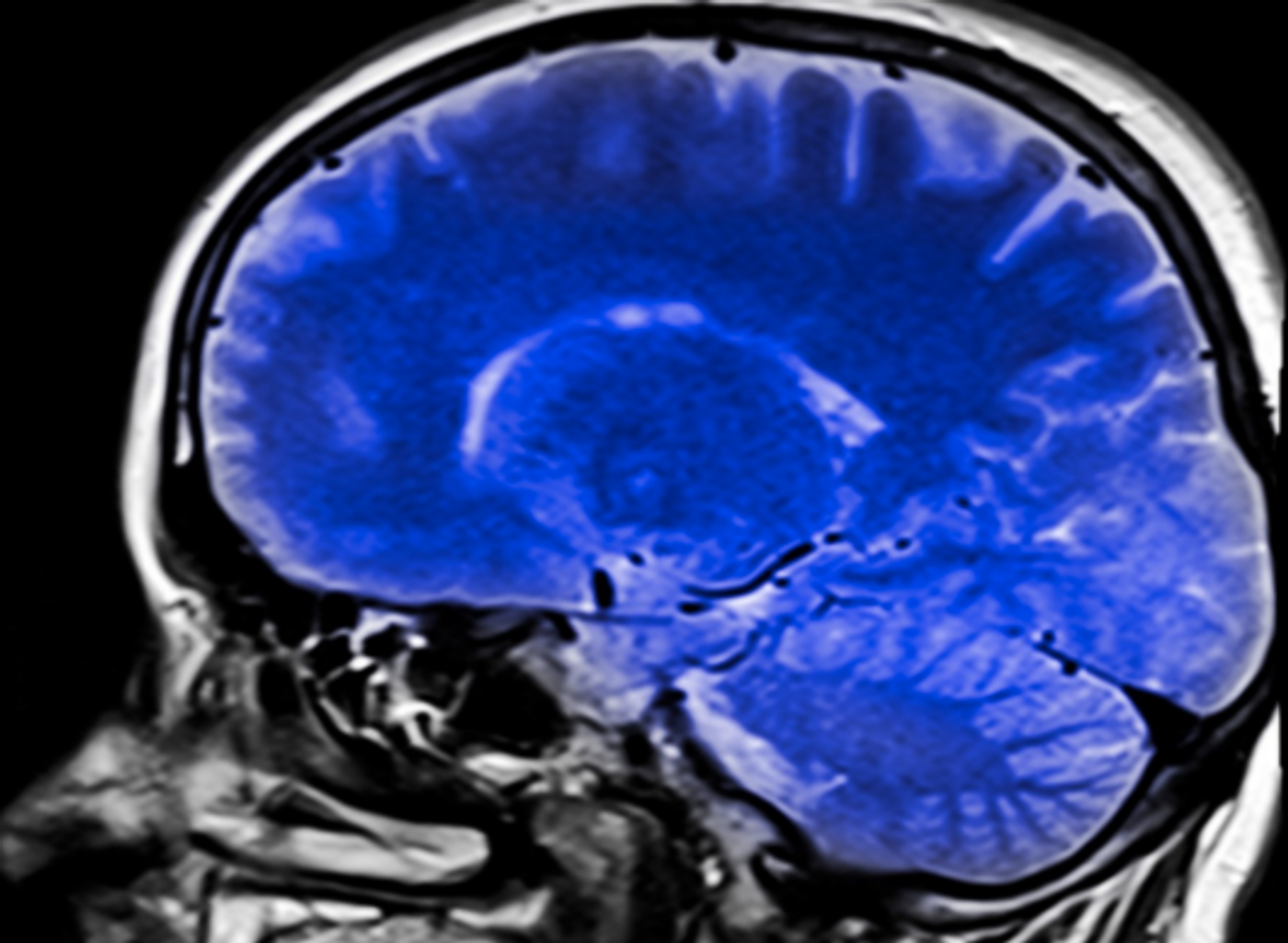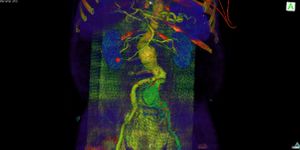Repairing Epigenetic Imbalance may Relieve Alzheimer's
Our genes act as an instruction manual for building and maintaining our bodies, and they don’t really change throughout our lives. But small modifications made to our genome, called epigenetic tags, can have a big impact on the activity of the genes within. Now researchers at Drexel University have found a way to reverse the symptoms of Alzheimer’s disease in an animal model; they manipulated the balance of two enzymes that are thought to have an epigenetic influence. The work has been reported in the Journal of Neuroscience.
The HDAC2 enzyme has a role in the expression of genes that relate to learning and memory. It has been suggested that the cognitive problems that are a hallmark of the early stages of Alzheimer’s disease are related to an increase in the level of the HDAC2 enzyme. HDAC2 gets partnered with another enzyme called Tip60 HAT, and when HDAC2 overwhelms its partner, gene regulation is disrupted, the expression of some genes goes down, and the brain’s ability to recall or process information, called neuroplasticity, is impacted.
Graduate student Priyalakshmi Panikker worked with associate professor Felice Elefant, Ph.D. of Drexel’s College of Arts and Sciences on this study. When they added Tip60 HAT to the brains of flies that were modeling Alzheimer’s, they found that the enzymatic balance was restored. After that restoration, the flies were then able to learn new things and remember them, indicating that the dysfunction in neuroplasticity was corrected.
“Our findings strongly support the concept of exploring the efficacy of specific Tip60 HAT activators, as well as identifying and manipulating additionally misregulated Tip60 target genes,” Elefant said.
The team wanted to find out more about how Alzheimer’s disease impacted developing flies, and they searched for biomarkers that indicate the onset of the disease before symptoms start.
“Many researchers that study Alzheimer’s disease utilize human post-mortem samples, and thus, they are not looking at what is happening during the early progression of neurodegeneration, including whether we can correct what is happening during these early stages,” Elefant explained.
Flies can be taught to associate a smell with sugar, which they eat. It is a learned behavior that will get the flies to move toward that smell later when the sugar is no longer present. The scientists found that flies modeling Alzheimer’s disease did not react to a smell that they had previously learned was linked to sugar. Once Tip 60 HAT was added to their brains, however, the flies again reacted as they had learned to; the enzymatic balance had been corrected, and their memories worked again.
The investigators also assessed the effects of the additional Tip60 HAT on genes that aid in brain function and are down-regulated by elevated HDAC2 levels. Indeed, the supplemental Tip60 HAT brought nine of eleven genes back to normal expression levels. These results have indicated that gene therapy may be a way to treat Alzheimer’s.
“When people age, they have a loss of memory but it’s not because there are mutations in their genes,” Elefant noted. “It’s the way they’re packaged. They’re distorted. And we’re seeing non-invasive ways we might be able to prevent that early on.”
The video above from Dr. Peter Gliebus, a neurologist at Drexel Medicine, discusses how to lower the risk of Alzheimer's disease.
Sources: Drexel University, Journal of Neuroscience










